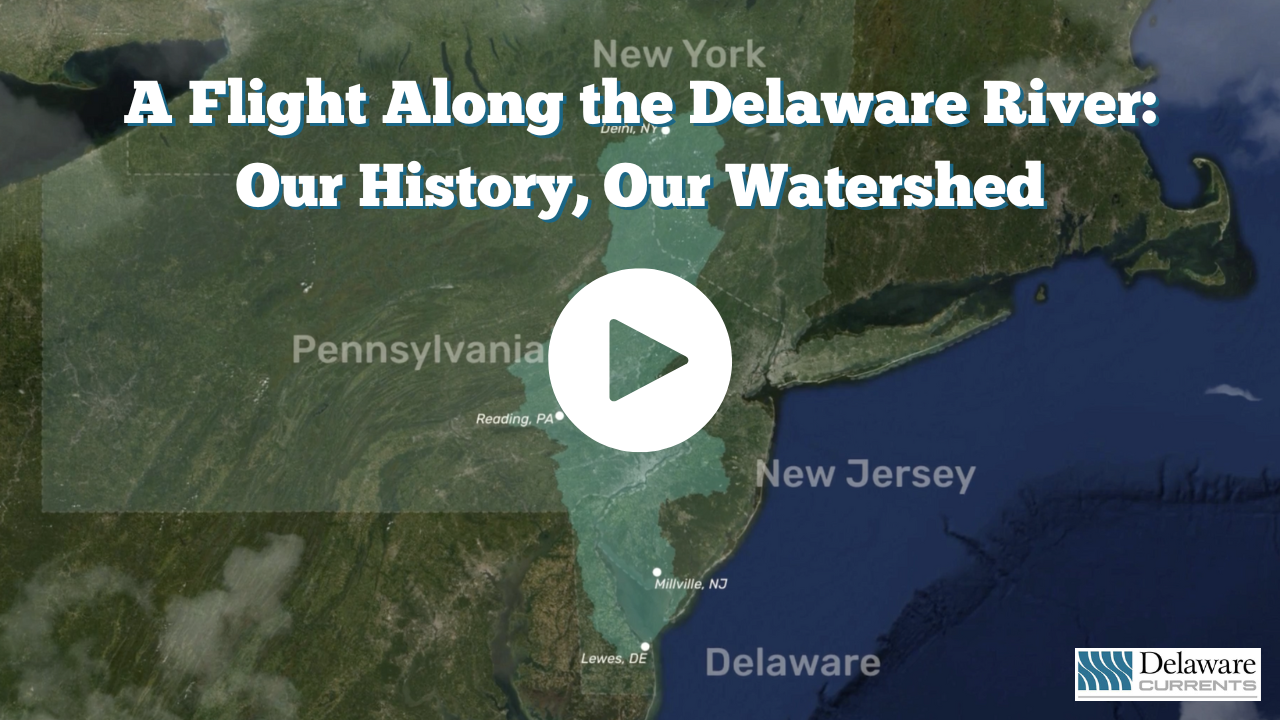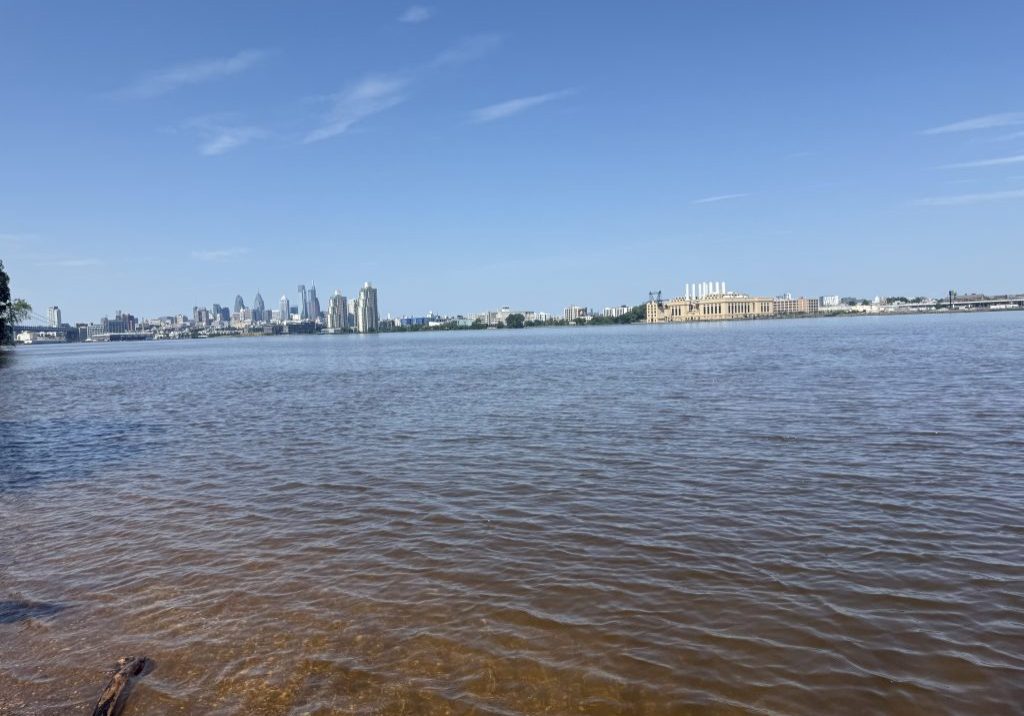
118 acres of forested land preserved in the Delaware Bay watershed in New Jersey
| June 22, 2025
Nearly 120 acres of forested land in New Jersey in the Delaware Bay watershed has been preserved, according to the New Jersey Conservation Foundation, which noted that the land’s proximity to other conservation areas make the protection of this property critical to ensure wildlife habitat connectivity and enhances the region’s resilience to the impacts of climate change.
The property, in Vineland in Cumberland County, is within two miles of NJ Conservation’s nearly 700-acre Menantico Creek Preserve and borders the New Jersey Department of Environmental Protection’s Peaslee Wildlife Management Area.
It is also across from a network of protected lands totaling more than 3,500 acres. Together, the forests spanning these lands act as a natural carbon sink, absorbing and storing atmospheric carbon dioxide, and help offset New Jersey’s greenhouse gas emissions, NJ Conservation said.
NJ Conservation secured grants from the Open Space Institute’s Delaware River Watershed Protection Fund and the New Jersey Green Acres Program, as well as funding from Cumberland County, to support its purchase of the property.
Importance of vernal ponds
The property, which is in the Delaware Bay watershed, includes a number of vernal pools — temporary bodies of water filled by snowmelt, rain and rising groundwater — and interconnecting wetlands habitat. ‘Certain kinds of wildlife rely on these pools for their very existence. Amphibians and insects in particular depend on this habitat to breed because there is a lack of fish that would otherwise feed on their eggs and larvae.
“We’re delighted to have been able to preserve more than 100 additional acres near the downtown areas of Vineland and Millville, which will improve residents’ quality of life by protecting water resources and local green space,” said Alison Mitchell, executive director of NJ Conservation. “The vanishing upland forests in the Delaware Bay Watershed are home to a wonderful diversity of plants and wildlife, and our longstanding conservation efforts in this region are more important than ever.”
The newly preserved property contains headwaters for the Manumuskin River, a tributary of the Maurice River, which is federally designated as part of the National Wild and Scenic Rivers System.
Citizens United to Protect the Maurice River and Its Tributaries, a nonprofit organization, played an important role in backing the property’s preservation and leading a cleanup of the property during the preservation process. CU Maurice River naturalists, who regularly visit the property to study and catalogue Odonata — an insect order comprising dragonflies and damselflies — as well as amphibian and other wildlife species, have noted that the vernal pools here support a high degree of biodiversity.
Home to a diverse ecosystem
Among nature enthusiasts, the site is known to benefit from one of the most robust dragonfly communities in sheer size and diversity, even hosting the strikingly colorful blue-faced meadowhawk. An exceptionally large population of Pine Barrens tree frogs also inhabit the property. Pileated and red-headed woodpeckers are among the other species found here.
Launched in 2014 with funding from the William Penn Foundation’s Delaware River Watershed Initiative, OSI’s DRWPF has protected more than 30,000 acres of forested land to safeguard water quality in the Delaware River Watershed.
The preserved land has been designated as a “core area” by the New Jersey Department of Environmental Protection’s Connecting Habitat Across New Jersey project. The project represents a strategic plan for wildlife conservation by identifying key areas and actions needed to achieve habitat connectivity throughout New Jersey.
The property also sits within the state-designated Pinelands Area. This designation was established by the New Jersey Pinelands Protection Act of 1979 to regulate land use within the Pinelands to protect its environmental and natural resources. The State Pinelands Area encompasses more than 900,000 acres — 19 percent of the total area of New Jersey.






